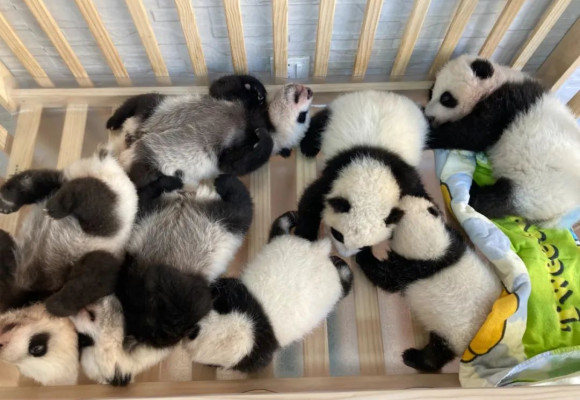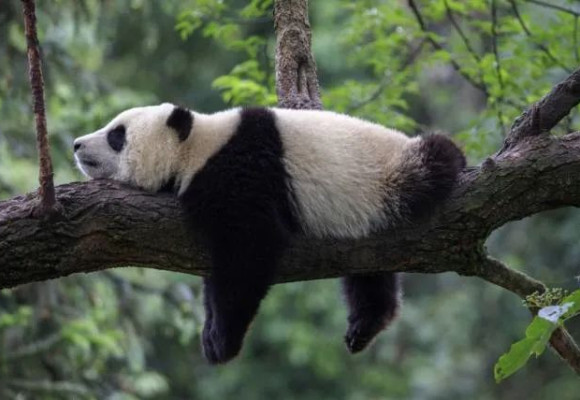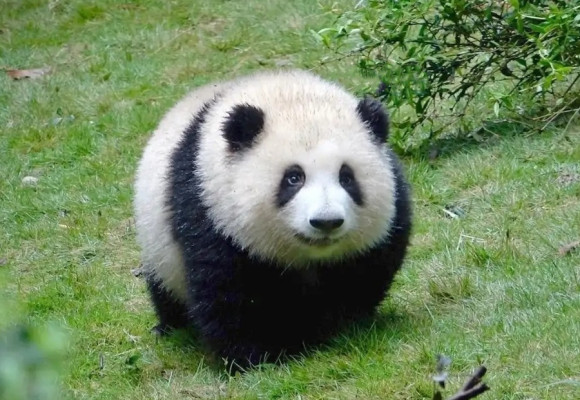How much does it cost to raise a giant panda?
Ya Ya, the giant panda residing at Memphis Zoo in the United States, is returning to China as her contract has expired, following the trend of some pandas who have returned to China before the end of their contract period. In 2020, the pandas Da Mao and Er Shun, residing in Canada, returned to China due to a shortage of fresh bamboo locally [1]. Recently, both Edinburgh Zoo in the United Kingdom [2] and Ähtäri Zoo in Finland [3] have also, due to insufficient funds, been compelled to decide to return their giant pandas to China.
How difficult is it to properly care for a giant panda? And how much does it cost to raise one?
How much does it cost to raise a giant panda?
To raise pandas, you first need 'start-up capital.' Giant pandas are primarily concentrated in China, and foreign zoos wishing to acquire them need to lease them from China. Typically, a pair is leased for 10 years, with an annual fee of around $1 million USD [4]. Additionally, if pandas breed offspring, there's an extra $500,000 USD payment per cub to China [4].
After paying the rent, there's the additional cost of providing suitable housing for the pandas. For instance, the Nanjing Hongshan Forest Zoo in China, recognized as an excellent example, has a panda pavilion covering an indoor area of 1000 square meters. It features a central air conditioning system, equipped with pools and continuously flowing water for pandas to bathe and drink. The outdoor area includes additional pools and misty forests for temperature regulation and humidity control [5].
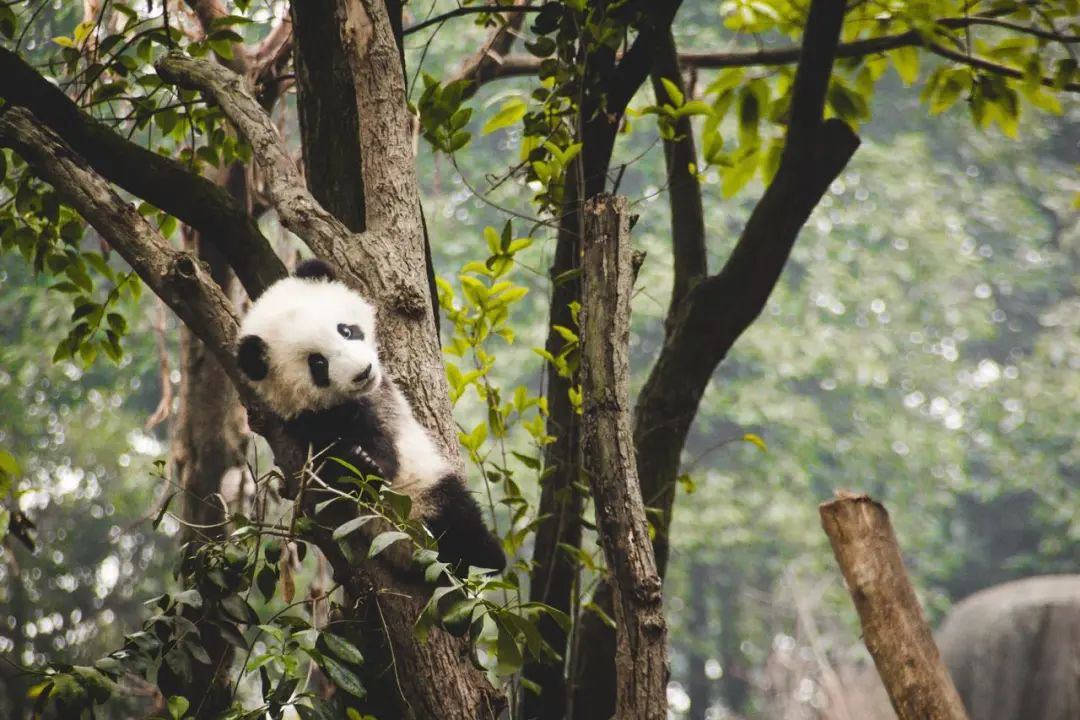
To ensure a healthier life for captive pandas, zoos must replicate the natural habitat by maintaining a higher density of fallen logs, shrubbery, and tree stumps / Unsplash
Overseas, building a new home for giant pandas incurs substantial additional expenses.
In 2014, the Pairi Daiza Zoo in Belgium spent over $10 million welcoming Hao Hao and Xing Hui [6]. The Tierpark Berlin in Germany spent around 10 million euros [7], which accounted for one-third of the zoo's normal annual expenditure [8]. Australia's Adelaide Zoo spent approximately $5.38 million [9], resulting in a significant debt burden.
Apart from housing, feeding pandas is also a costly affair.
Pandas have a voracious appetite for bamboo, but their digestive systems are not very efficient with it, coupled with bamboo's limited nutritional value [9]. Consequently, pandas spend about 16 hours a day eating [10], consuming roughly 12 kilograms of fresh bamboo daily as adults. Complicating matters, pandas are picky eaters, meaning the zoo needs to prepare to double the amount of bamboo than the panda's actual consumption [9].
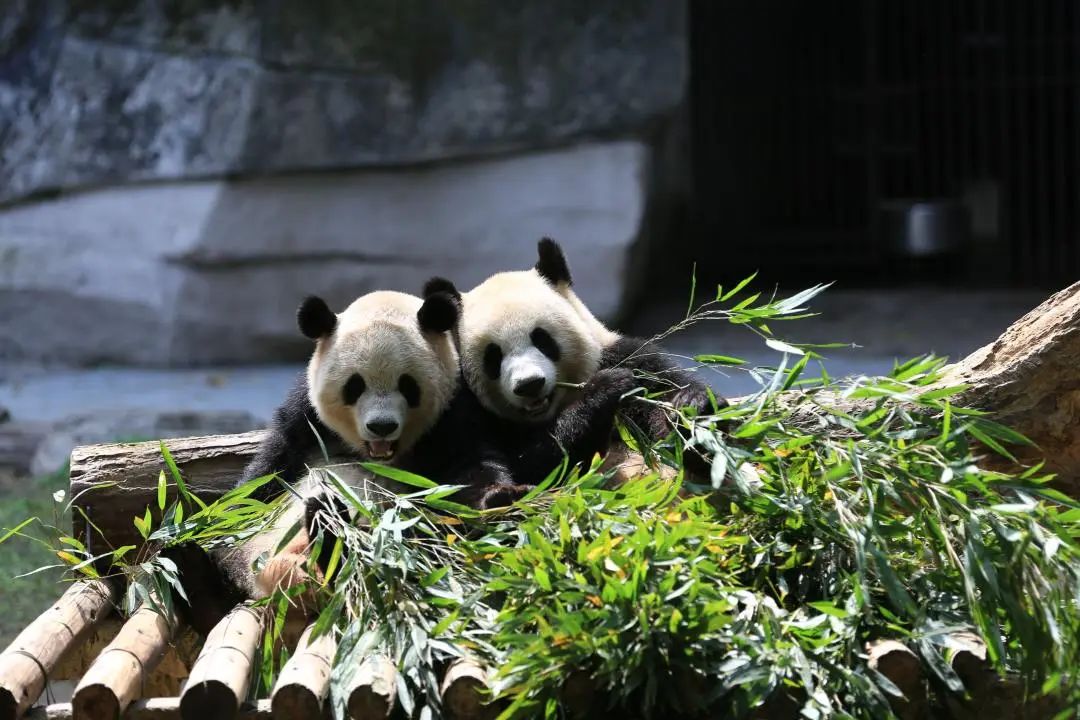
Bamboo may seem inconspicuous, but it's quite expensive. / Unsplash
Preparing bamboo becomes a time-consuming, labor-intensive, and costly endeavor. In 2011, when pandas Tian Tian and Yangguang arrived in Edinburgh, the local authorities had to spend £70,000 annually to import fresh bamboo shoots from the Netherlands [11]. Calculated at the exchange rate then, the daily food expense for both pandas amounted to over 1,900 yuan, nearly one-seventh of the entire zoo's food budget [12].
By 2014, the cost of importing bamboo shoots had escalated to £100,000 per year, prompting Edinburgh Zoo to plant 3,000 bamboo plants to reduce costs and enhance efficiency [11].
Spending and Earning: The Pandas' Impact
The cost of maintaining giant pandas is high, but the revenue they generate for zoos is substantial.
For instance, Edinburgh Zoo faced a £1.2 million deficit in 2011. However, after the arrival of Sweetie and Sunshine at the end of that year, visitor numbers surged by 51%. By 2012, the zoo turned the deficit into a profit, earning £2.4 million [13].
Calculating an average zoo ticket price of £13.5 and merchandise prices of around £20, the two pandas generated approximately £4.1 million in revenue for Edinburgh Zoo in a year [14]. This figure accounted for nearly 30% of the Scottish Royal Zoological Society's total revenue in 2012 [15].

After Tian Tian and Yang Guang arrived at Edinburgh Zoo, visitor numbers surged by 51%, and sales of surrounding merchandise also increased / Wikimedia Commons
Considering the revenue generated, the £6 million spent on a 10-year lease [14] doesn't seem exorbitant.
In 2013, within less than six months of pandas arriving at the Toronto Zoo, they attracted over a million visitors, surpassing the total number of visitors received by the zoo the previous year [16]. In Beauval, France, the pandas nearly doubled the local zoo's visitor count, soaring from 600,000 to 1.6 million [17].
The most fervent response came from Japan. When Xiang Xiang was born at Tokyo's Ueno Zoo, over 110,000 people made reservations to see her for the first time [5]. Before Xiang Xiang returned to China in February 2023, the park had to implement a lottery system for visits due to the overwhelming farewell crowd, with only a 1 in 70 chance of winning the lottery [18].
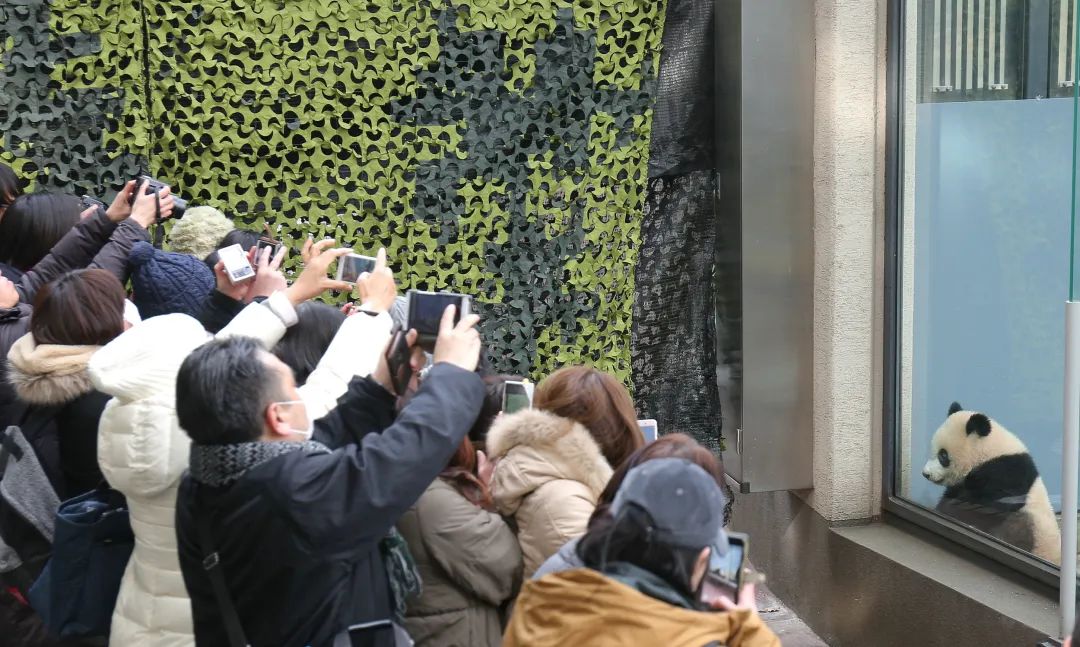
To see the panda Xiang Xiang, visitors at Ueno Zoo formed long queues / Visual China
Near Ueno Zoo, panda-themed bakeries, coffee shops, and restaurants abound, offering various panda-related merchandise such as plush toys, accessories, jewelry, and stationery, with new items constantly emerging. The local shopping district formed the 'Ueno Tourism Alliance' that created a 'Panda Map,' pinpointing locations where various panda-themed products are available, aiding panda enthusiasts in 'precision spending' [19].
Katsuhiro Miyamoto, a professor of theoretical economics at Kansai University, estimated that within the first three and a half years of Xiang Xiang's life, she brought in economic benefits totaling 53.9 billion yen (approximately 2.7 billion RMB) [20].
The significance of giant pandas does not lie in making money.
However, pandas are not always an everlasting source of income.
Some scholars estimate that at the Adelaide Zoo in Australia mentioned earlier, the arrival of giant pandas brought in an additional $4.6 to $9.2 million in the first two years. However, their impact in the following years was not as significant [21].
Similarly, as mentioned previously, both Edinburgh Zoo in the UK and Ähtäri Zoo in Finland were hit hard by the COVID-19 pandemic, experiencing a sharp decline in revenue. Consequently, they had to decide to return the giant pandas to China ahead of schedule [2][3].
It's worth mentioning that during their over ten-year stay in Edinburgh, efforts were made multiple times by the zoo team to encourage mating between Tian Tian and Yang Guang, including several attempts at artificial insemination, all of which ended in failure [22]. If they had produced offspring like Ueno Zoo's Shin Shin and Ri Ri's Xiang Xiang, Edinburgh Zoo might have seen a new lease of life.

The pandas Xiao Xiao and Lei Lei at Ueno Zoo in Japan are Xiang Xiang's younger brother and sister. However, successful panda breeding like this is relatively rare outside of China / Wikimedia Commons
However, artificial breeding is by no means the sole method for giant panda conservation.
Presently, while the captive population of giant pandas in China has significantly increased, the conservation of the wild population hasn't received enough public attention compared to the adorable pandas in breeding centers and zoos.
The conservation of giant panda habitats not only determines the fate of pandas as a species but also affects the destiny of numerous other precious large animals sharing their habitat.
For instance, according to research published in 'Nature - Ecology and Evolution' by a team from Peking University, the population of large and medium-sized herbivores and medium-sized carnivores in giant panda nature reserves has been on the rise. The spotlight on giant pandas has inadvertently provided a protective umbrella for their 'neighbors' [23].
Ultimately, what pandas need most isn't multimillion-dollar 'mansions' but rather freedom and extensive wild habitats.
References:
[1] BBC. (2020). Coronavirus: Pandas leave Canada for China's bamboo.
[2] The Guardian. (2021). Edinburgh Zoo may have to send giant pandas back to China.
[3] Yle. (2023). Finland prepares to return giant pandas to China.
[4] Hartig, F. (2013). Panda Diplomacy: The Cutest Part of China’s Public Diplomacy. The Hague Journal of Diplomacy, 8(1), 49–78.
[5] Hao, X. (2018). Analysis of Panda Pavilion Construction: A Case Study of Nanjing Hongshan Forest Zoo. Urban Construction Theory Research (Electronic Version).









